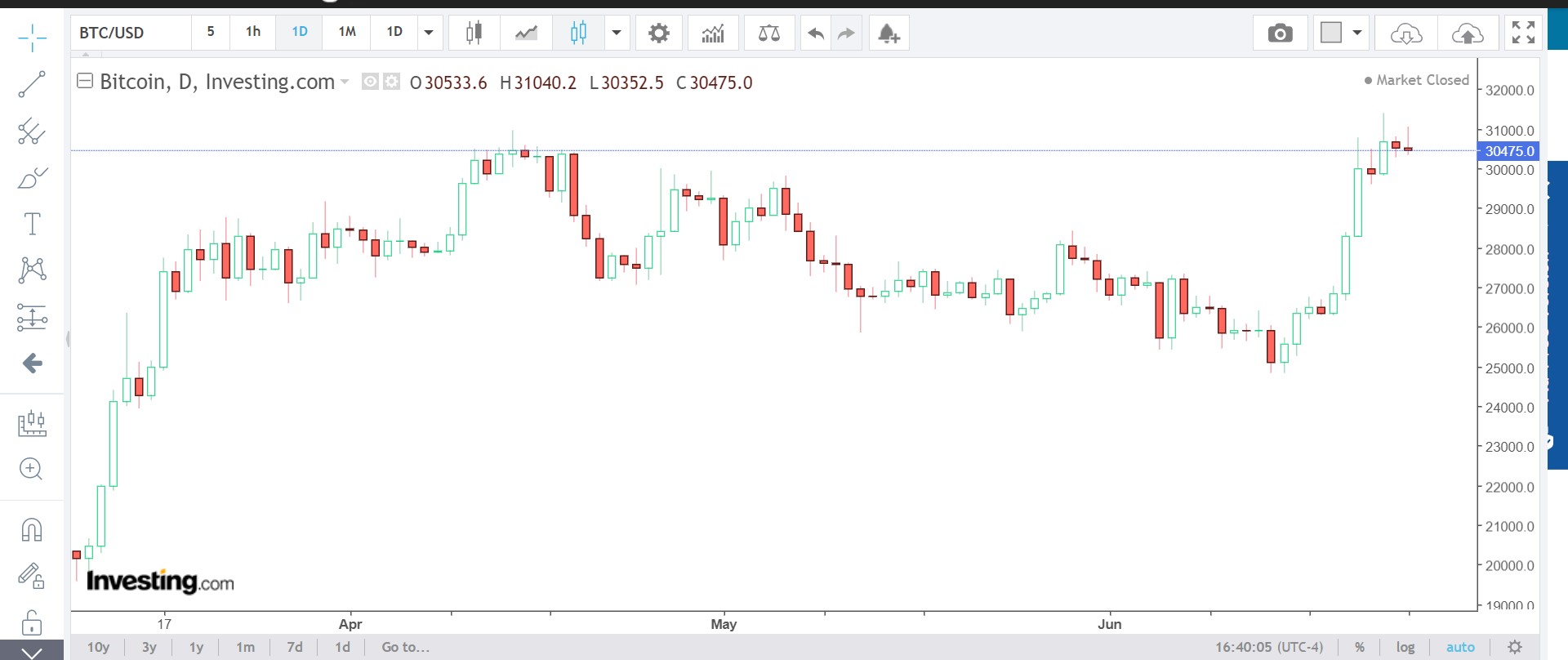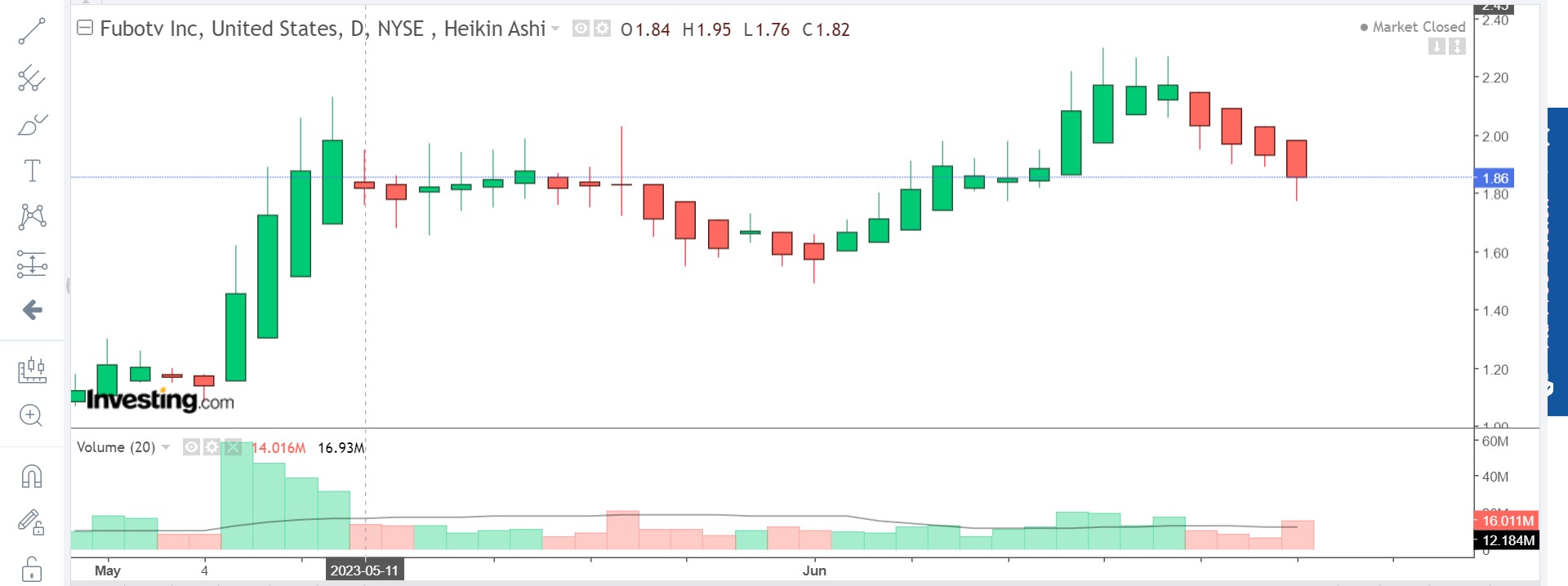The Importance of Position Sizing in Day Trading
Day trading is a popular investment strategy that involves buying and selling financial instruments within the same trading day. To succeed in day trading, traders must not only have a solid understanding of technical analysis and market trends but also employ effective risk management strategies. One crucial aspect of risk management in day trading is position sizing. In this article, we will dive into the concept of position sizing, its significance, and how to implement it effectively. At Pyjamastraders vi think position Sizing is a great way to control you risk management.
Position sizing refers to determining the appropriate amount of capital to allocate to each trade based on the trader’s risk tolerance and account size. It involves calculating the number of shares or contracts to trade in order to limit losses while maximizing potential gains. Proper position sizing helps traders maintain consistency in their risk exposure and prevents excessive losses that could jeopardize their overall trading performance.
The Significance of Position Sizing
1. Risk Management:
Position sizing is an integral part of risk management in day trading. By allocating a specific percentage or dollar amount of their total capital to each trade, traders can limit their exposure to any single trade. This approach ensures that even if a trade goes against them, the potential loss remains within acceptable limits.
2. Consistency:
Consistency is key in day trading. By using consistent position sizing techniques, traders can maintain a balanced risk-reward ratio across all trades. This helps them avoid overtrading or taking on excessive risks during periods of high market volatility.
3. Emotional Control:
Day trading can be emotionally challenging, especially during periods of market turbulence. Proper position sizing helps traders maintain emotional control by reducing the impact of individual trades on their overall portfolio. This allows them to stick to their trading plan and avoid making impulsive decisions based on short-term market fluctuations.
Implementing Effective Position Sizing Strategies
1. Percentage-Based Position Sizing:
One common approach to position sizing is using a fixed percentage of the trader’s account equity for each trade. For example, a trader may decide to risk 2% of their account equity on any given trade. This method ensures that the position size adjusts automatically based on the account’s value, allowing for consistent risk exposure.
2. Volatility-Based Position Sizing:
Volatility-based position sizing takes into account the inherent volatility of each financial instrument. Traders calculate the average true range (ATR) or other volatility indicators to determine the appropriate position size. Higher volatility instruments may require smaller position sizes to manage risk effectively.
3. Fixed Dollar Amount Position Sizing:
In this approach, traders allocate a fixed dollar amount to each trade, regardless of their account size or risk tolerance. This method allows for consistent risk exposure but may require adjustments as the account balance fluctuates.
4. Risk-Reward Ratio:
Another important aspect of position sizing is considering the potential reward in relation to the risk taken. By analyzing the risk-reward ratio of each trade, traders can adjust their position sizes accordingly. Trades with higher potential rewards relative to their risks may warrant larger positions, while trades with lower potential rewards may require smaller positions.
Position sizing is a critical component of successful day trading. By implementing effective position sizing strategies, traders can manage risk, maintain consistency, and improve emotional control. Whether using percentage-based, volatility-based, or fixed dollar amount position sizing methods, it is essential to align position sizes with individual risk tolerance and trading goals.
Simon Frandsen / Pyjamastraders




